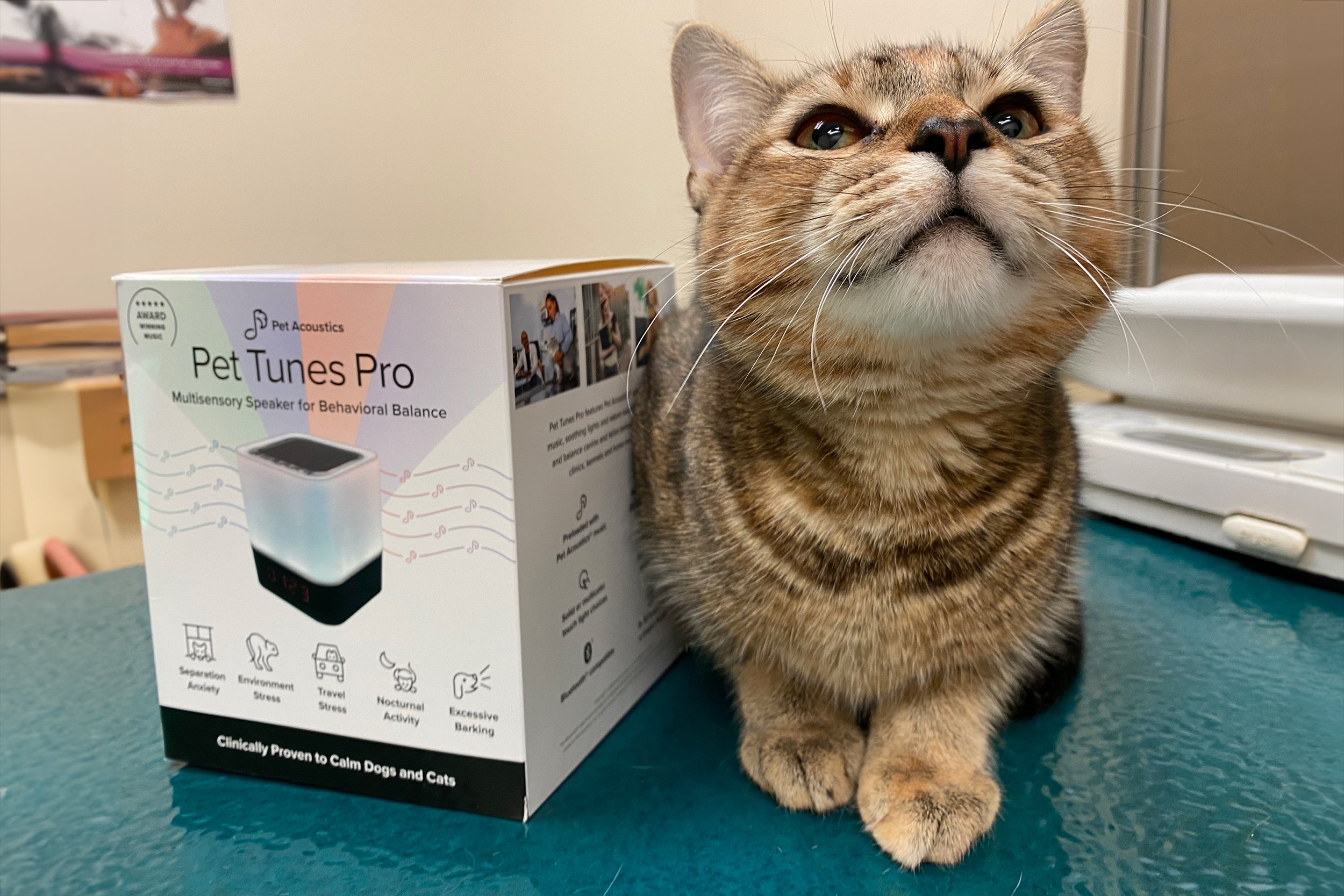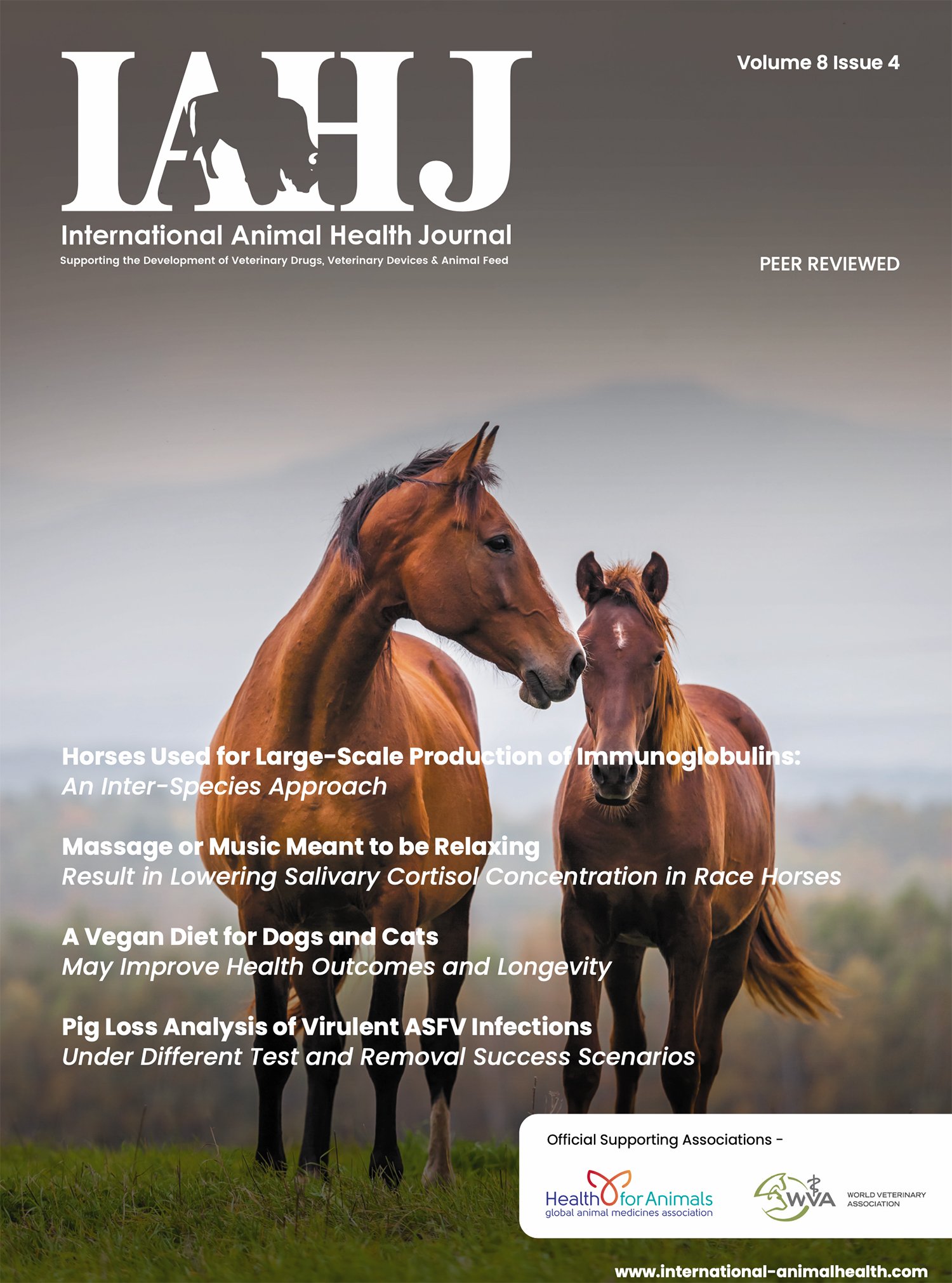Understanding Equine Hearing
Horses, majestic and highly sensitive creatures, rely on their acute sense of hearing for survival, communication, and well-being. Equine hearing surpasses human capabilities in both range and sensitivity, making sound an integral part of their daily lives. Recent advancements in pet acoustics, bolstered by partnerships with leading companies like Boehringer Ingelheim, have opened new doors to enhancing equine care. Emerging research highlights the benefits of tailored soundscapes for animals, providing both scientific and practical insights.
The Science of Equine Hearing
Horses have a hearing range of approximately 55 Hz to 33.5 kHz, which is broader than the human range of 20 Hz to 20 kHz. This allows them to detect both low-frequency vibrations and high-pitched sounds that humans cannot perceive. Their large, mobile ears can rotate 180 degrees, enabling them to pinpoint the direction of a sound with remarkable precision. This acute auditory sensitivity helps horses detect potential threats, communicate with herd members, and respond to environmental cues.
However, this sensitivity also means that horses can be easily stressed by loud or unfamiliar noises. High-stress environments, such as veterinary clinics, transport vehicles, or busy stables, can trigger anxiety and behavioral issues. Addressing these auditory challenges is where pet acoustics and innovative partnerships come into play.
What Is Pet Acoustics?
Pet acoustics involves the creation of soundtracks designed to calm and comfort animals. These soundscapes are often composed with specific frequencies and rhythms that align with an animal’s natural hearing and heart rate. For horses, these tailored sounds can help reduce stress, promote relaxation, and enhance overall well-being.
Benefits of Pet Acoustics for Horses
Stress Reduction: Research has shown that calming music with lower frequencies can significantly reduce stress levels in horses. This is particularly beneficial during high-stress situations, such as transportation, grooming, or veterinary procedures.
Improved Focus: Pet acoustics can help horses remain calm and focused during training sessions, enhancing their learning and performance.
Enhanced Recovery: Relaxing soundscapes can aid in post-exercise recovery by lowering heart rates and promoting a state of relaxation.
Better Sleep Patterns: Just as humans benefit from soothing music to fall asleep, horses can also experience improved rest when exposed to calming auditory stimuli.
The Role of Boehringer Ingelheim in Advancing Research
Boehringer Ingelheim, a leader in animal health, has partnered with Pet Acoustics Inc. and Janet Marlow to advance research on sound therapy for horses. This collaboration has resulted in groundbreaking studies that explore how tailored music can positively impact equine health and behavior.
One notable study published by Boehringer Ingelheim demonstrated the effectiveness of specific soundtracks in reducing cortisol levels, a key indicator of stress in horses. The study also found that horses exposed to calming music showed fewer stress-related behaviors, such as pawing and head tossing, in challenging environments like transport and medical examinations.
Watch Janet Marlow documentary working with horses and music :
Research Supporting Pet Acoustics
In addition to the Boehringer Ingelheim study, numerous other research efforts have highlighted the impact of music on animal well-being. A study published in the Journal of Veterinary Behavior found that playing classical music significantly reduced stress behaviors in horses. Another study emphasized the benefits of slow-tempo music during transport, leading to a more relaxed journey.
Pet Acoustics Inc. continues to develop specialized music playlists for various animals, including horses, based on these findings. Their innovative approach underscores the potential of sound therapy as a complementary tool in equine care.
How to Incorporate Pet Acoustics into Equine Care
Choose the Right Soundtracks: Opt for music specifically designed for horses. These soundscapes are engineered to match their hearing range and natural rhythms.
Create a Relaxing Environment: Play the music in areas where your horse feels safe and comfortable, such as their stall or paddock.
Use During Stressful Situations: Incorporate pet acoustics during grooming, veterinary visits, or transport to help reduce anxiety.
Monitor Your Horse's Response: Observe your horse’s behavior and adjust the volume or type of music as needed to ensure they remain relaxed and comfortable.
Conclusion
Understanding the unique auditory world of horses is key to improving their quality of life. Pet acoustics, supported by partnerships like that of Boehringer Ingelheim and Pet Acoustics Inc., offers a promising avenue for addressing stress, enhancing focus, and promoting relaxation in equine care. As research continues to shed light on the benefits of tailored soundscapes, incorporating these techniques into your horse care routine can lead to happier, healthier, and more balanced animals. By harmonizing with their natural sensitivities, we can create environments that truly support their well-being.


































